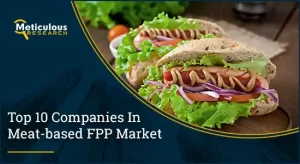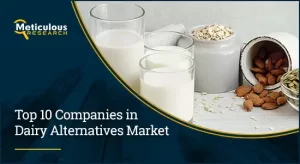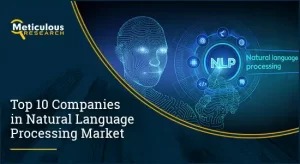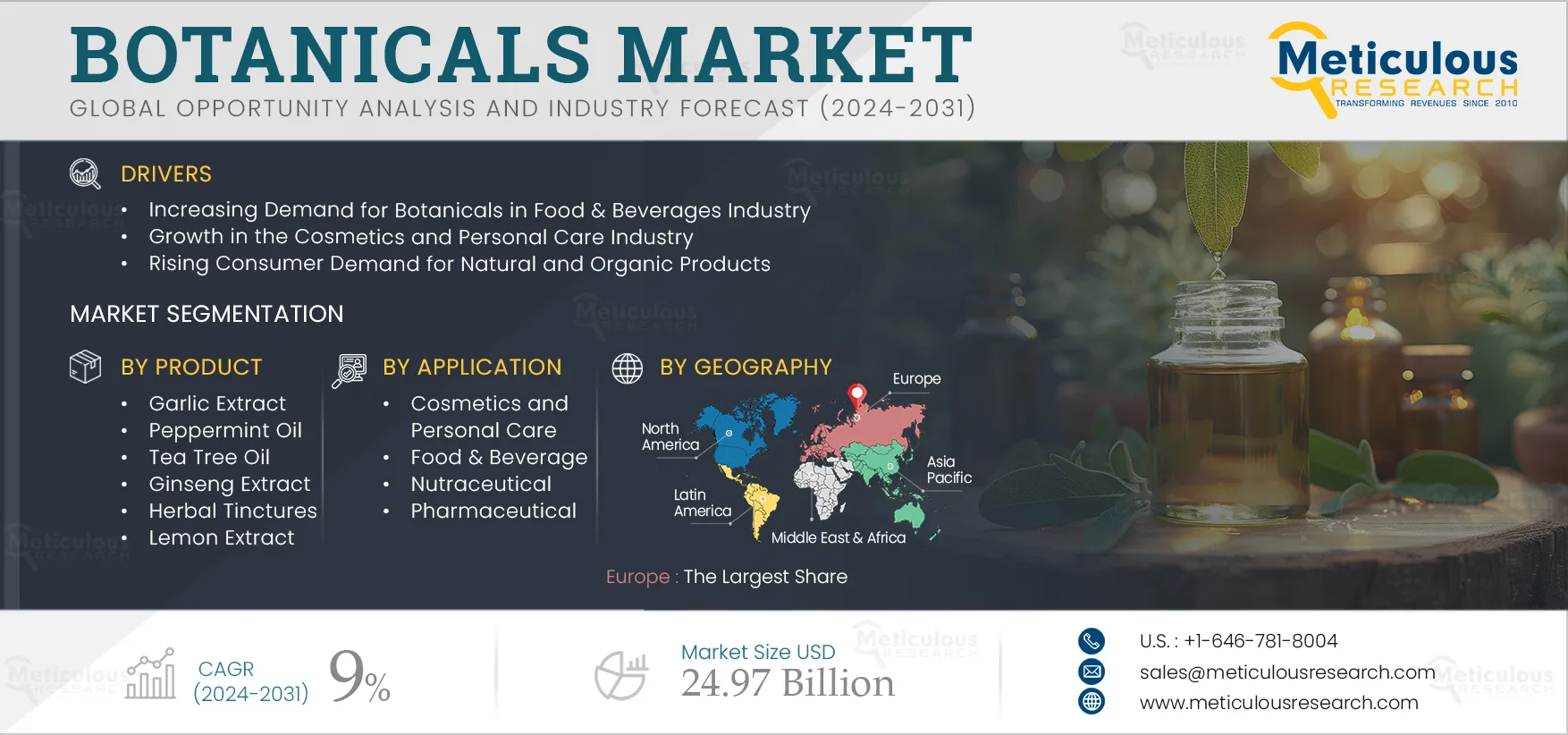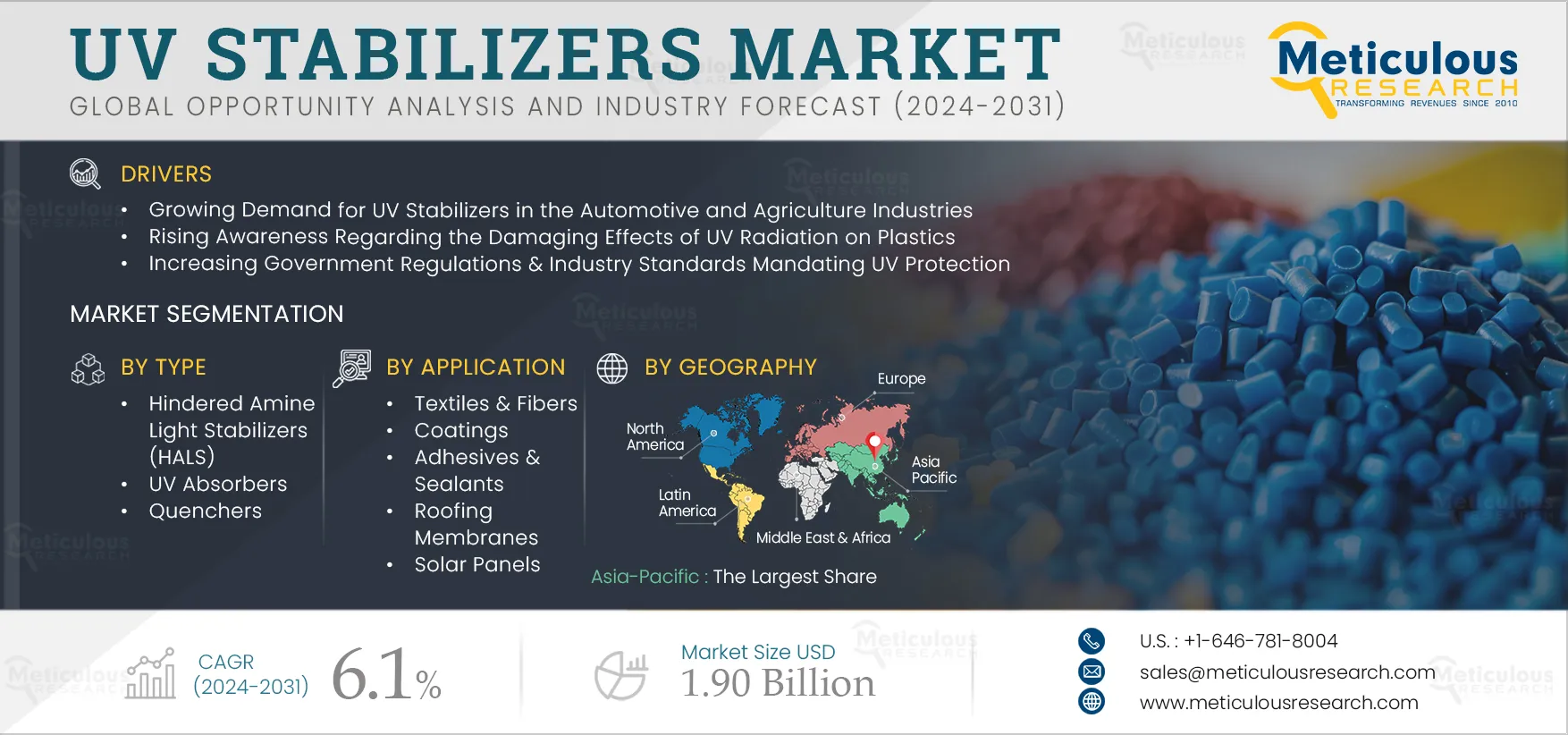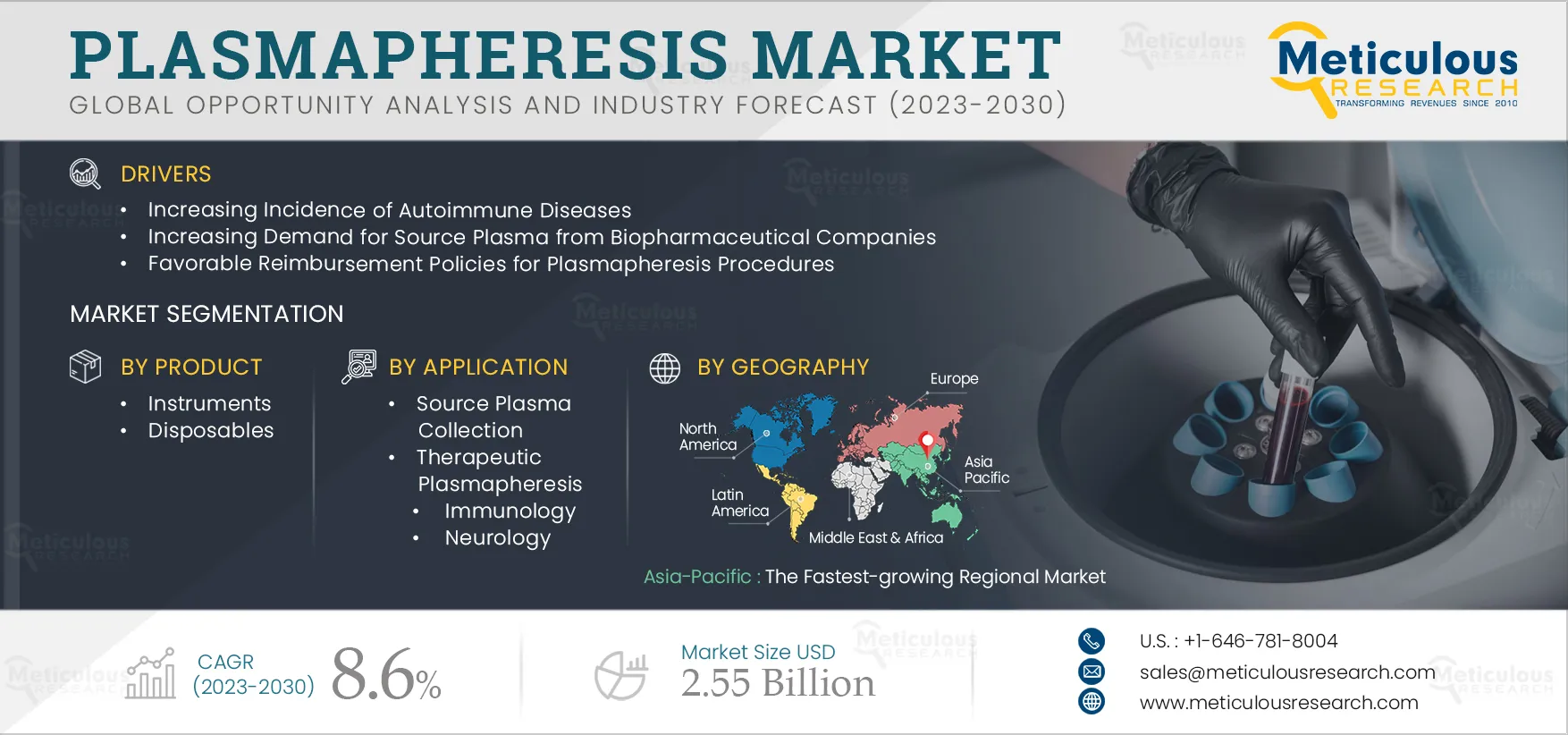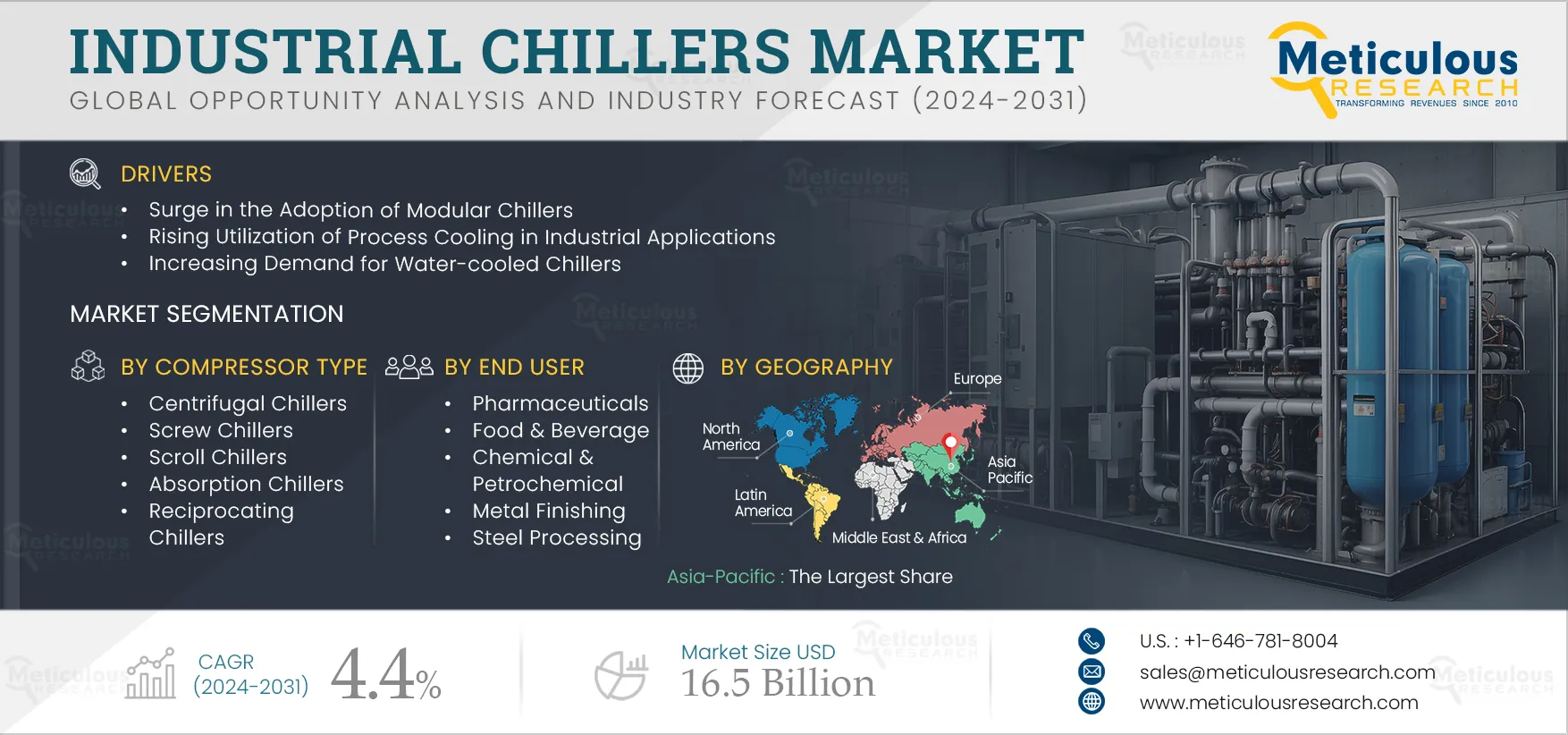Overview of the Plant-Based Proteins Market| 2024 - 2031
Meticulous Research®, a leading global market research firm, has published an insightful report titled “Plant-based Proteins Market By Type (Soy Proteins, Wheat Proteins, Pea Proteins, Potato Proteins), Form (Solid, Liquid), Source Process (Conventional, Organic), and Application (Food and Beverages, Animal Read More..
Oncology Information Systems Market to be Worth $4.45 Billion by 2030
Introduction
Meticulous Research® recently released a comprehensive report titled “Oncology Information Systems Market By Offering (Software, Services) Application (Medical, Surgical, Radiology Oncology) End User (Hospital, Diagnostic Imaging Center, Cancer Care Center) - Global Forecast to 2030.” The report reveals that Read More..
Summary of Meticulous Research® Report on RWE Oncology Market
Meticulous Research®, a leading global market research firm, has released a comprehensive report titled, “RWE Oncology Market by Component (Datasets [EHR, Claims, Cancer Registries], Consulting & Analytics Services), Application (Drug Development, Approval, Market Access, Post-market Surveillance), End User (Pharma, Payer, Read More..
Analysis of the Real-World Evidence Solutions Market| Trends and Key players
Meticulous Research®, a prominent global market research firm, has released a detailed report titled “Real-world Evidence Solutions Market Size, Share, Forecast, & Trends Analysis by Component (Datasets, Services), Application (Market Access, Drug Development & Approvals, Post-Market Surveillance), and End User Read More..
Botanicals Market: Growth Analysis, Key Trends, and Future Prospects for 2024
The Botanicals Market was valued at $12.58 billion in 2023. This market is expected to reach $24.97 billion by 2031 from an estimated $13.69 billion in 2024, at a CAGR of 9% during the forecast period from 2024 to 2031.
Read More..UV Stabilizers Market: In-Depth Analysis of Trends, Insights, and Future Growth Forecast (2024–2031)
As global industries prioritize sustainability and durability, UV stabilizers have become essential to combat ultraviolet (UV) radiation damage in materials. From automotive and agriculture to construction and packaging, the need for robust UV protection has spurred significant advancements in the Read More..



